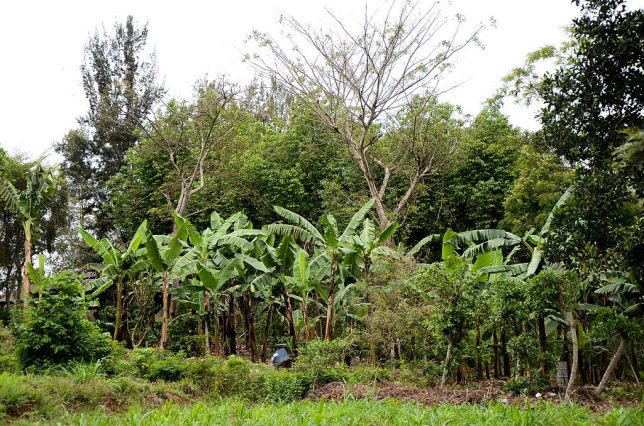
The presence of per- and polyfluoroalkyl substances (PFAS) in U.S. drinking water has emerged as a critical environmental and public health issue. Despite increasing media coverage and governmental attention, a significant gap exists in the general public’s understanding of PFAS. An exploratory study by Texas A&M AgriLife scientists and published in PLoS ONE, aimed to bridge this gap by assessing public awareness regarding PFAS and their potential impact on community health and drinking water.
Key Findings of the Nationwide Survey
- Limited Public Awareness: Alarmingly, nearly half of the respondents (45.1%) were unfamiliar with PFAS. Additionally, 31.6% had heard of PFAS but lacked an understanding of what it entails.
- Perception of Drinking Water Safety: A striking 97.4% did not believe their drinking water was affected by PFAS, indicating a disconnect between public perception and environmental realities.
- Community Exposure as a Predictor: Awareness due to known community exposure emerged as the strongest predictor of PFAS awareness. Those aware of community exposure were more informed about PFAS sources and likely to change their product usage habits.
PFAS: An Overview
PFAS, often termed “forever chemicals” due to their persistence in the environment and in our bodies, are resistant to water, grease, and heat and found in a range of everyday products including food packaging, clothing, cosmetics, and toilet paper. PFAS have been widely used in various industrial processes and consumer products since the 1940s. Their presence in products ranging from non-stick cookware to fire extinguishing foams raises significant environmental concerns, particularly in water sources. The resistance of PFAS to degradation leads to bioaccumulation, posing serious health risks such as cancer, hormone disruption, liver damage, weakened immune systems, and reproductive harm.
Regulatory Response and Public Health Implications
The U.S. Environmental Protection Agency (EPA) has recently proposed stricter regulations to limit PFAS in drinking water, reducing the maximum contaminant levels from 70 parts per trillion (ppt) to 4 ppt. This move, coupled with significant financial settlements from major corporations for PFAS clean-up, highlights the urgency of addressing PFAS contamination. However, the public’s limited awareness and understanding hinder effective response and mitigation efforts.
The Gap in Public Perception and Knowledge
The importance of knowing about PFAS lies in the need to understand the potential health risks associated with exposure to these substances. The general public’s awareness and knowledge of PFAS have been found to be limited, with only about half of the respondents in a nationwide survey stating they were aware of PFAS as an environmental contaminant. This study underscores a critical gap in public awareness and understanding of PFAS. This lack of awareness extends to the potential contamination of their primary drinking water sources.
Community exposure was identified as the strongest predicting factor regarding the level of public knowledge and awareness of PFAS and its sources. Therefore, it is crucial to provide accurate, real-time data on PFAS exposure to empower consumers to make informed decisions and take necessary precautions. Additionally, clear labeling of PFAS products is essential to allow consumers to be aware of their exposure frequency and make adjustments in product use as desired.
The Role of Effective Communication
Government agencies, research organizations, universities, utilities, and scientific institutions must collaborate to provide clear, accessible, and actionable information about PFAS, their sources, and health implications. This effort should aim to make the information relevant and understandable to the general public, encouraging informed decision-making and behavioral changes to reduce PFAS exposure. Manufacturers should clearly label their products with the presence of PFAS. This transparency allows consumers to be aware of their exposure frequency and make adjustments in product use. Consumers may want to install point-of-use treatment devices, such as under-sink or countertop filters, in their homes to remove PFAS from drinking water. These devices often use activated carbon or reverse osmosis technology to effectively reduce PFAS levels.
Source: Berthold TA, McCrary A, deVilleneuve S, Schramm M (2023) Let’s talk about PFAS: Inconsistent public awareness about PFAS and its sources in the United States. PLoS ONE 18(11): e0294134.

